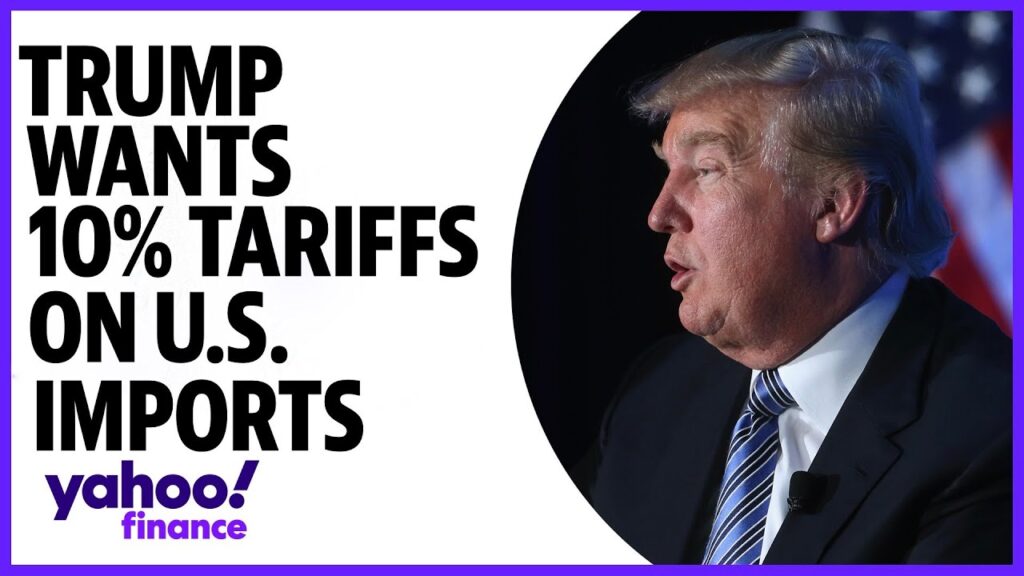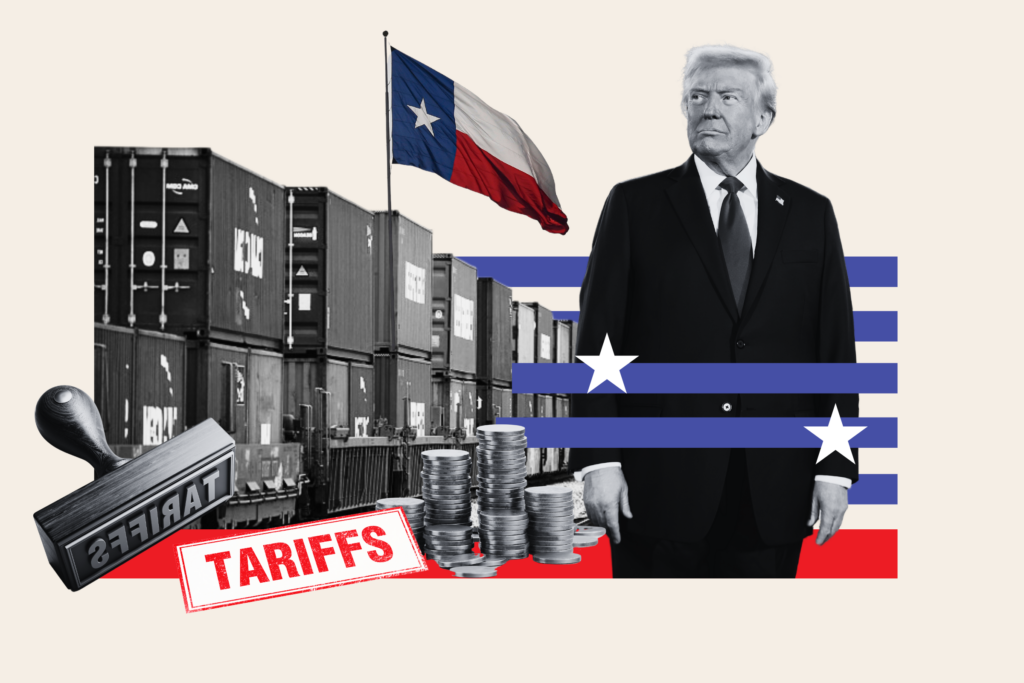On April 2, 2025, President Donald Trump declared a series of broad tariffs on imports from many countries, a major departure from U.S. trade policy. This action has generated wide-ranging debate about the nature of tariffs, how they work, and their possible effects on companies and consumer prices. This article seeks to present a complete understanding of tariffs, explain how they work, & examine the implications of the recent taxes’ disclosure.
Understanding Tariffs
Definition and Purpose
Tariff refers to a government levy on imports of goods and services from other countries. Computed to be a fraction of the good’s worth, tariffs fulfill a variety of roles:
Revenue Generation: Tariffs have traditionally served to be a source of funding for the government.
Protection of Domestic Industries: Through their effect of raising the cost of imported items, taxes’ have been used to protect domestic industries against foreign competitors.
Trade Policy Mechanism: Tariffs can be used to counteract aggressive foreign commercial practices or to save money on beneficial trade terms.
Tariffs by Nature
Ad Valorem Tariffs: As a certain percentage of the value of the imported good.
Specific Tariffs: Applied without taking advantage of the value of the imported commodity, at a set fee per amount.
Compound Tariffs: The total of both ad valorem and particular tariffs.

How Tariffs Function
When a foreign good reaches a countries border, customs officials determine the applicable tariff depending on the product’s type and value. The tax is paid by the importer, who in turn tends to transfer the higher cost to customers.
President Trump’s Tariff Announcement
On April 2, 2025, President Trump issued a “Declaration of Economic Independence,” announcing a floor 10% tariff on almost all imports, higher “reciprocal” tariffs on countries with which the U.S. has trade deficits. Some higher rates are:
European Union Nations: 20% tariff
Japan: 24% tariff
Israel: 17% tariff
Even old allies like Canada and Mexico are subject to 25% tariffs on certain products, like automobiles & auto components assembled abroad.
President Trump defended these steps to be a step towards revitalizing local production and minimizing trade barriers abroad, referring to American dependence on tariffs in the past up to 1913. He stated that for decades, the country had been exploited & stripped of its wealth by both allies and adversaries, suffering economic harm at the hands of foreign countries.

Impact on Businesses
Higher Expenses of Operations
Businesses that rely on imported resources or products will be affected by increased costs while a result of the levied tariffs. For example, large retailers like Walmart, Target, and Lululemon have already seen their stock fall, some of them predicting inevitable price hikes and margin squeeze.
Supply Chain Disruptions
Firms may have to reassess and possibly reorganize their relationships with suppliers to mitigate the impact of taxes. Attempts to redirect sourcing from countries like China are made difficult by equally severe tariffs on other Asian countries, including Vietnam and Cambodia. The reorientation can cause disruption to operations and higher costs.
Investment Uncertainty
The abrupt application of large tariffs puts businesses in a situation of uncertainty, making businesses halt or reconsider their ambitions for growth. Uncertainty about future trade policy discourages investment and prevents long-term strategic planning.
Impact on Consumer Prices
Direct Price Increases
As import costs rise due to tariffs, businesses often pass these increases onto consumers. Concerns about escalating costs that will probably translate into increased retail pricing have been voiced by a number of industries, including restaurants, wineries, seafood, toys, and electric cars.
Inflationary Pressures
The wide taxes, according to economists, would cause inflation and elevate average U.S. tariff rates to 25%, exceeding record highs. Higher prices on a wide variety of products can cut consumer purchasing power and contribute to overall economic slowdown.

International Reactions and Retaliation
The world has answered in alarm and the threat of reprisal. The European Union, China, and South Korea have stated plans to target their own tariffs against U.S. imports, threatening to set the stage for a long war in trade.
Other countries like South Korea are hoping for diplomatic solutions, with other countries, including Canada and Mexico, possibly benefiting from the current free trade agreements that provide some protection against the increased tariffs.
Historical Context and Comparisons
In the past, the U.S. has used tariffs to be a source of revenue and while a protectionist tool for domestic industries. However, the size and scope of the tariffs that are being applied now are unprecedented in recent history. Economists note that imposing tariffs so widely can have negative effects on the world economy, like slowing growth and raising living costs for average American people.
